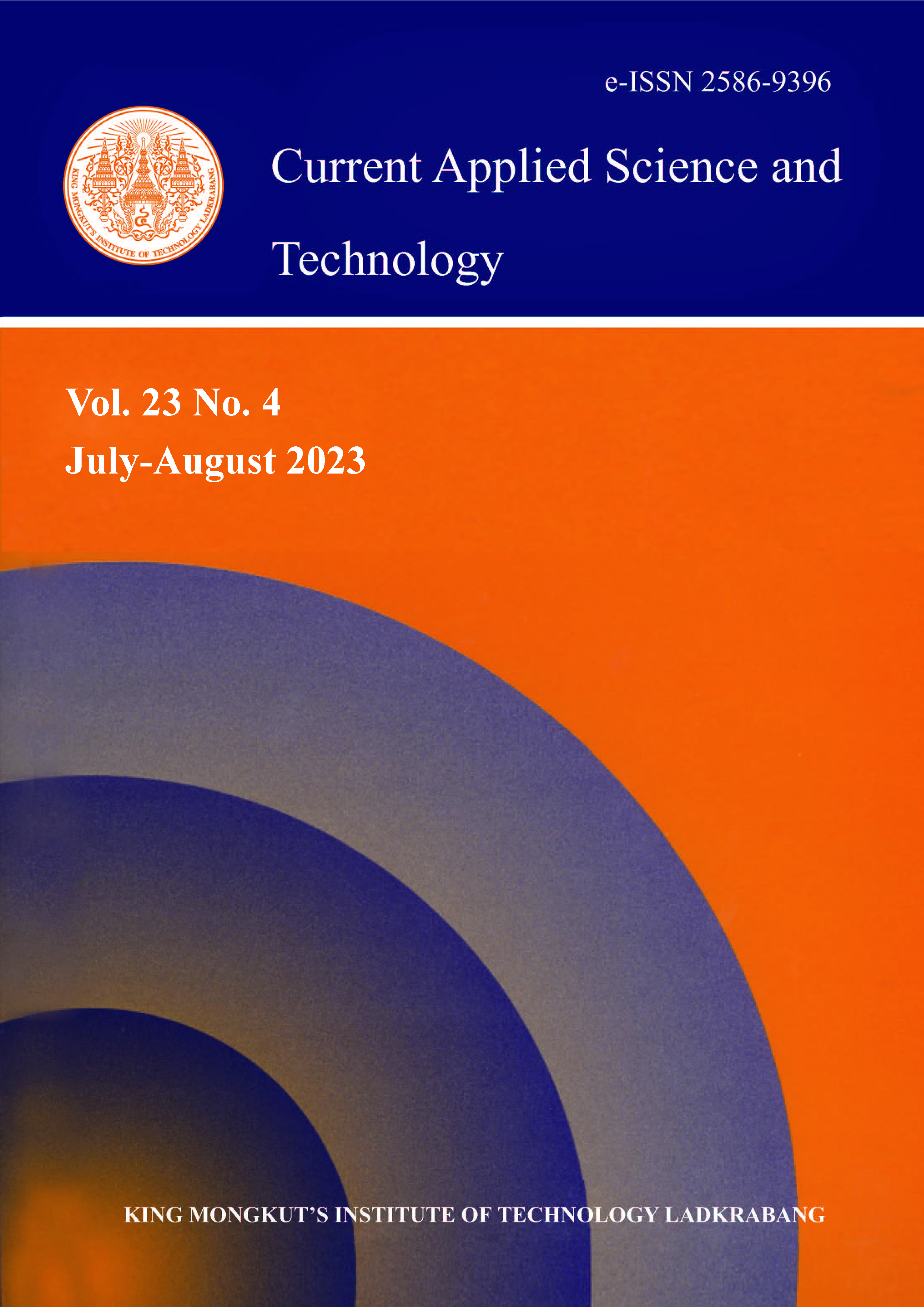Cellulose hydrogels were prepared from commercial cellulose using NaOH/urea and LiCl/DMAc methods. For NaOH/urea method, alkali hydrates (OH-(H2O)x), urea hydrates (urea(H2O)y), and water were adsorbed into cellulose fiber to break hydrogen bonds between cellulose molecules yielding HG_Urea. For LiCl/DMAc method, the Lithium-DMAc complexes, [Li(DMAc)n]+Cl-, were seeped into cellulose fibers and the hydrogen bonds between the fibers were substituted by O-H…Cl-[Li(DMAc)n]+ bonds to produce transparent cellulose gel, HGL. Both freeze-dried hydrogels show the characteristics of cellulose vibrational modes and nano-sized fibrous SEM images. For water retention study, there was no significant difference when different amounts of HG_Urea were being used. Covering mung bean seeds directly helps improve the growth of roots, leaves and stems by 410, 28 and 27%, respectively. HGL and HGL in water were also tested on the germination of the mung bean seeds. As compared with HGL, the average lengths of roots, stems and leaves of mung bean on HGL-water were increased by 82, 32 and 14%, respectively.
Keywords: cellulose hydrogel; seed germination; plant growth; water retention of soil
*Corresponding author: Tel.: (+66) 34255797
E-mail: radchadab@yahoo.com
Phomsombut, K. ., Saohong, S. undefined. ., & Buntem*, R. . (2023). Cellulose Hydrogel and Its Impact on Mung Bean Growth. CURRENT APPLIED SCIENCE AND TECHNOLOGY, DOI: 10.55003/cast.2022.04.23.006 (12 pages). https://doi.org/10.55003/cast.2022.04.23.006


https://cast.kmitl.ac.th/doi/10.55003/cast.2022.04.23.006